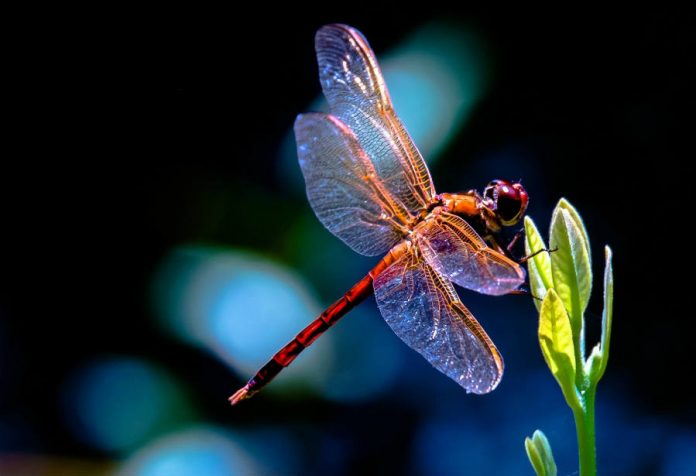
Researchers from Draper and the Howard Hughes Medical Institute (HHMI) have developed biologically modified insects equipped with technology under the DragonflEye Project. The military could deploy them as spying drones.
The project has turned dragonflies into cyborg insects that are remotely controllable through specialized sensors. Other insects like cockroaches and bees also show some promise for other tasks like victim searching in disaster zones or mass pollination.
Initiatives like these could, one day, have applications in human medicine as well. Some of the biological enhancements applied to fireflies could potentially be scaled to treat neurological problems in people. In the meantime, defense use for the military is a priority.
Soldiers could control fireflies to spy on their enemies
https://www.youtube.com/watch?v=MuiGX5dg4pI
The DragonflEye Project initially set out to build robot replicas of winged insects to act as mini-sized drones. However, they found out it was easier to modify real bugs and equip them with the necessary technology.
Scientists have modified fireflies both inside and out to make them meet their desires. At a biological level, the researchers at Draper have developed artificial neurons that they inserted in the dragonflies’ nerve cord.
These unique cells have been designed to help people control the steering functions of the insect. These motion-controlling neurons, however, don’t react to neurological impulses as real cells do. Instead, they are sensitive to light.
To control dragonflies, then, HHMI and Draper have developed a particular kind of technology known as optrodes. They emit pulses of light that are then channeled to the nerve cord of the flying cyborg, allowing people to control where it moves.
Dragonflies have four wings, which makes them much more versatile than other insects. The technology is all included in a “backpack” that they carry. It includes microphones and sensors that are essential to track and spy on targets.
Cockroaches and Bees are next in the cyborg to be list
Other researchers from organizations around the world are also developing their cyborg insects with other objectives in mind. Bees and cockroaches stand out as two potential candidates that could help humans improve their livelihoods.
For instance, Texas A&M University engineers have been working with discoid cockroaches and similar biological modifications to control their movements. Scientists plan on using them in disaster zones, where debris makes some areas hard to reach and people hard to find under the rubble.
Another team at North Carolina State University is thinking about implementing a system similar to the DragonflEye Project on bees. Honeybee populations have dramatically decreased, and researchers want to track their health and migration patterns to find the cause and develop solutions.
Source: Draper










